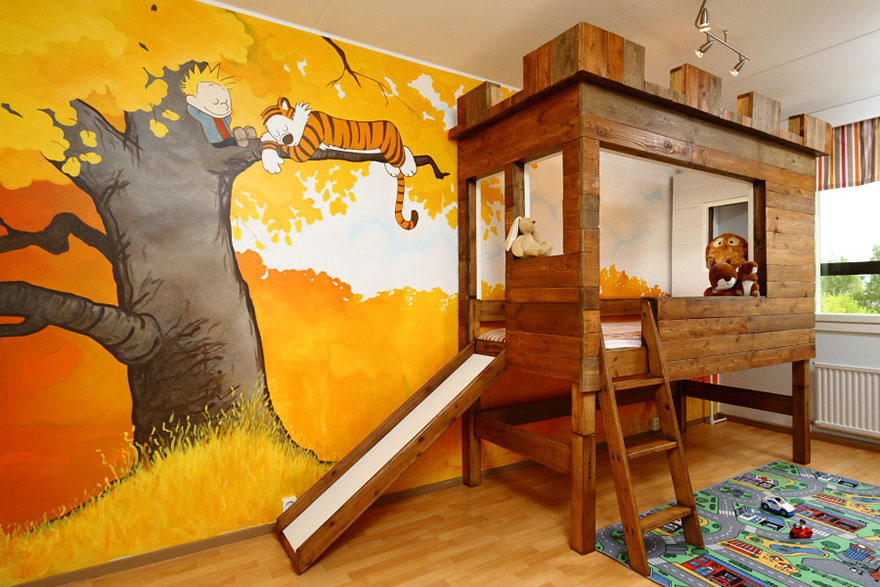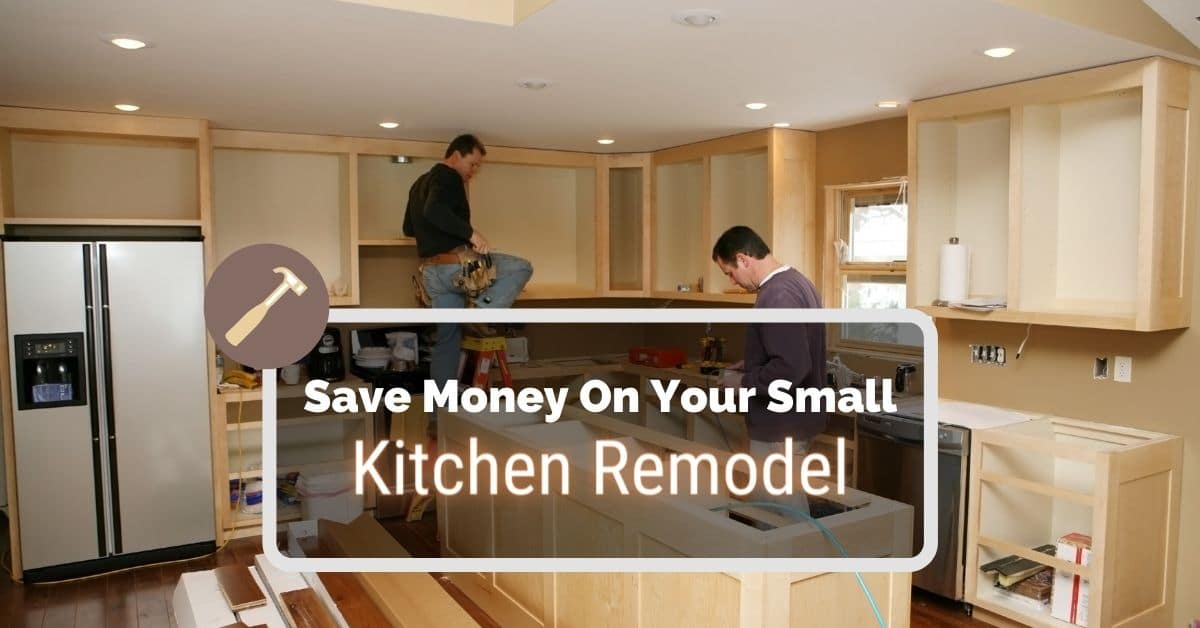
The best investment you can make for your property's future is to make the right upgrades. Homeowners who wish to sell their property need to make it easier and more enjoyable. Buyers are searching for easy-to-implement home features. No matter how small the changes, they can add up quickly. We'll be discussing the top home improvement projects that can be resold in the article below.
Investing in the right home improvements for resale can boost your property's value and make it more appealing to potential buyers. Most of these projects are fairly affordable compared to other home improvement projects, but the costs are not the same regardless of the type of service offered or region. You may not find the perfect home improvement project for you and your budget. However, you can add value to your home by making personal touches that will improve its appearance.

This is the first home improvement project. You might consider adding a bar to your basement or attic. An under-counter refrigerator can be installed as well as a stainless-steel drop in bar sink. You can also install carpet squares and modular subfloors in a basement. While these are not the best investments for resale, they can help you earn a profit.
The best home improvement for resale? Finishing your basement. It's not common for older homes to have unfinished basements, but they can make your home more valuable. A finished basement costs anywhere from $10,000 to $22,000 depending upon its size and depth. If you're able to spend it, add a third-piece bathroom or a kitchen to your basement.
A basement apartment can be a great home improvement that you can resell. You could make additional rental income for new owners by including a basement apartment. Installing a new bathroom and kitchen in the basement can be a great way to promote it. This is a great method to attract more buyers. Besides, a basement apartment can also add value to a house by enticing prospective buyers.

It's not only about fixing old appliances and replacing them with newer models, but also improving the exterior appearance of a home. The renovation can be cosmetic or structural and increase a home’s resale potential. You can also change the exterior color or update the home's exterior. This is another way to increase the resale price of your home.
FAQ
Are permits required to renovate my home?
Yes. You will need permits to start any home renovation project. In most cases, you will need a building permit and a plumbing permit. You might also require a zoning permission depending on which type of construction is being undertaken.
How Much Does it Cost to Renovate a House?
The cost of renovations depends on what material is used, the size of project and how complicated the job is. Wood, for example, requires additional tools such as saws and drills. Steel, however is not so dependent. The price of renovations depends on whether you hire a contractor to do the job or if you are willing to do the work yourself.
The average cost of home improvement projects ranges from $1,000 to $10,000. The cost to hire professionals would be anywhere from $5,000 to $25,000. You could also spend as much as $100,000 if you do it all yourself.
It is important to know that renovation costs can be affected by many factors. You should consider the material used, such as brick vs concrete. Brick vs. concrete, the project's size, the number and duration of workers, etc. These are all important factors to consider when estimating renovation costs.
Can I rent a dumpster?
You can rent a dumpster for debris removal after your home renovation. A dumpster can be rented to help keep your yard clean and free of trash.
Statistics
- On jumbo loans of more than $636,150, you'll be able to borrow up to 80% of the home's completed value. (kiplinger.com)
- A final payment of, say, 5% to 10% will be due when the space is livable and usable (your contract probably will say "substantial completion"). (kiplinger.com)
- Rather, allot 10% to 15% for a contingency fund to pay for unexpected construction issues. (kiplinger.com)
- Most lenders will lend you up to 75% or 80% of the appraised value of your home, but some will go higher. (kiplinger.com)
- The average fixed rate for a home-equity loan was recently 5.27%, and the average variable rate for a HELOC was 5.49%, according to Bankrate.com. (kiplinger.com)
External Links
How To
How do I plan a whole-house remodel?
It takes careful planning and research to plan a complete house remodel. There are many things you should consider before starting your project. The first thing you need to decide is what kind of home improvement you want to make. There are several categories you can choose from, such as bathroom, kitchen, bedroom, living area, and so on. Once you've chosen the category you want, you need to decide how much money to put towards your project. If you have never worked on homes, it is best to budget at most $5,000 per room. If you have more experience, you might be able spend less.
Once you've determined the amount of money you can spend, you need to decide how large a job you want. If your budget only allows for a small renovation of your kitchen, you will be unable to paint the walls, replace the flooring or install countertops. If you have the money to do a complete kitchen remodel, you will be able to handle almost anything.
Next, find a contractor who is skilled in the type and scope of work you wish to undertake. You'll get high-quality results and save yourself lots of headaches down the line. You should begin gathering materials and supplies after you've found a competent contractor. You might need to make everything from scratch depending upon the size of your project. You shouldn't have any trouble finding the right item in pre-made stores.
Once you have all of the necessary supplies, you can start making plans. First, you'll want to draw up a rough sketch of where you want to place furniture and appliances. Then you will design the layout. Remember to leave enough space for outlets and plumbing. You should also place the most frequently used areas closest to the front door, so visitors have easy access. The final step in your design is to choose colors and finishes. Keep your designs simple and in neutral tones to save money.
Now it's time to build! Before you start building, check your local codes. Some cities require permits while others allow homeowners to build without one. First, remove all walls and floors. Next, you'll need to lay plywood sheets in order to protect your new floors. Then, you'll nail or screw together pieces of wood to form the frame for your cabinets. Lastly, you'll attach doors and windows to the frame.
After you're done, there are still a few things you need to do. You'll likely want to cover any exposed wires and pipes. To do this, you'll use plastic sheeting and tape. You will also need to hang photos and mirrors. Be sure to tidy up your work space at all costs.
These steps will ensure that you have a beautiful and functional home, which will save you tons of money. Now that your house renovation plan is in place, you can get started.